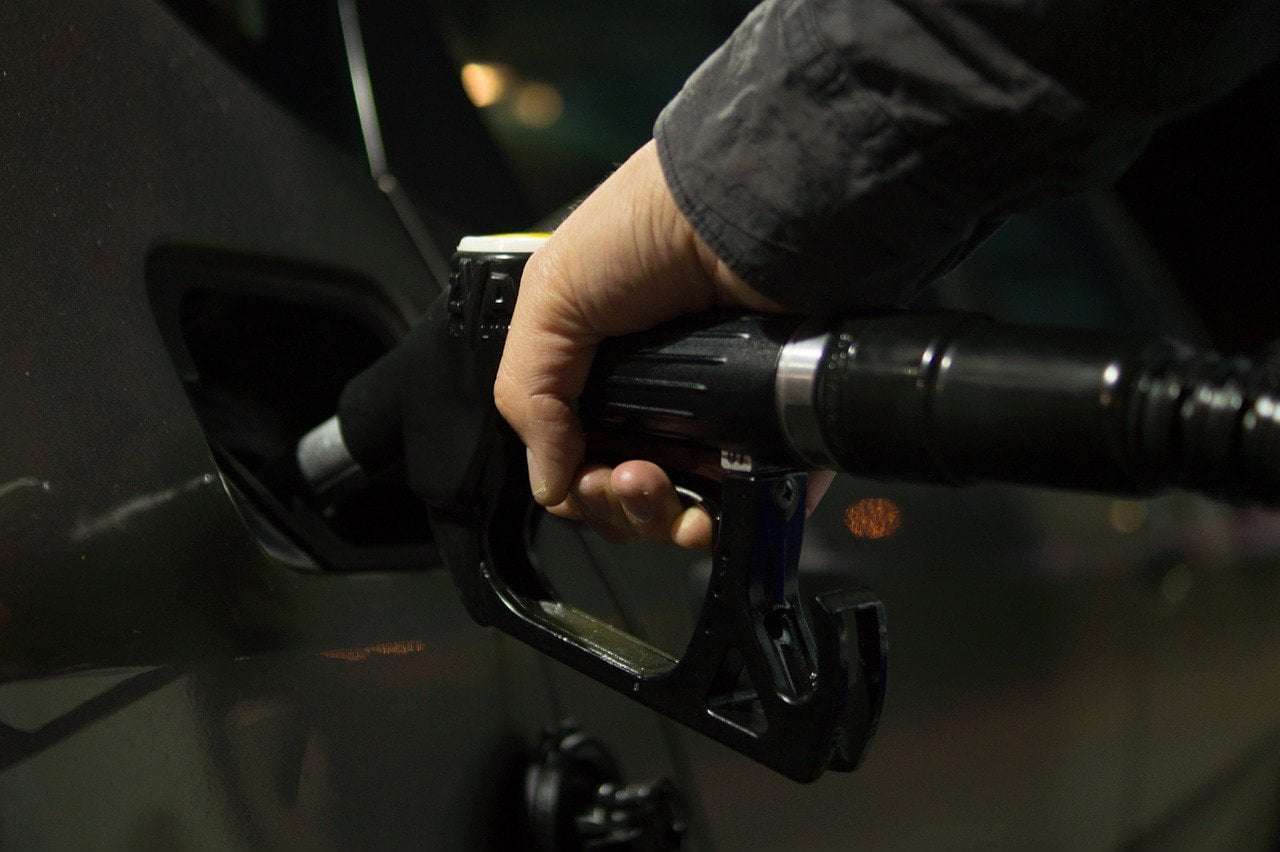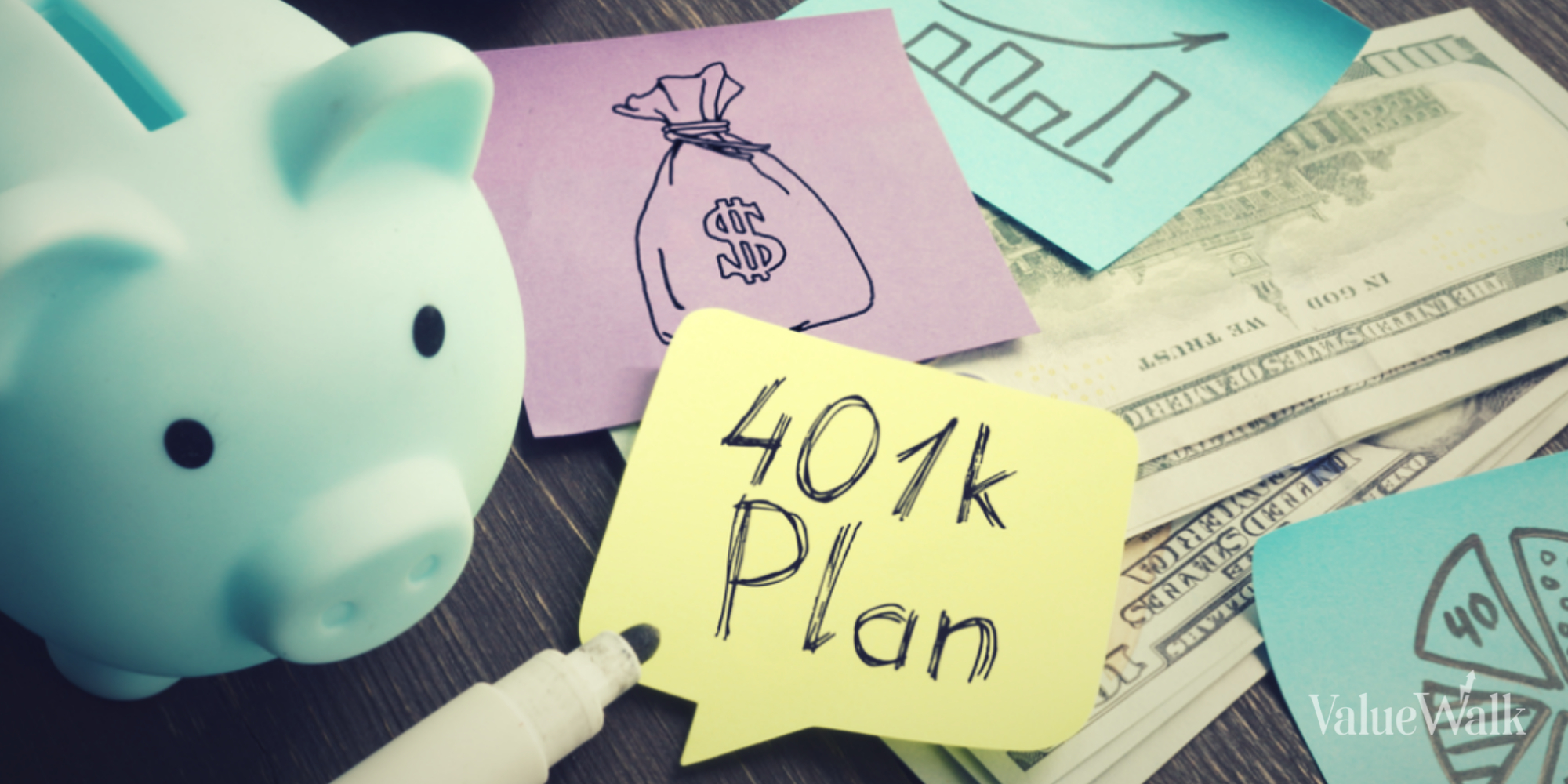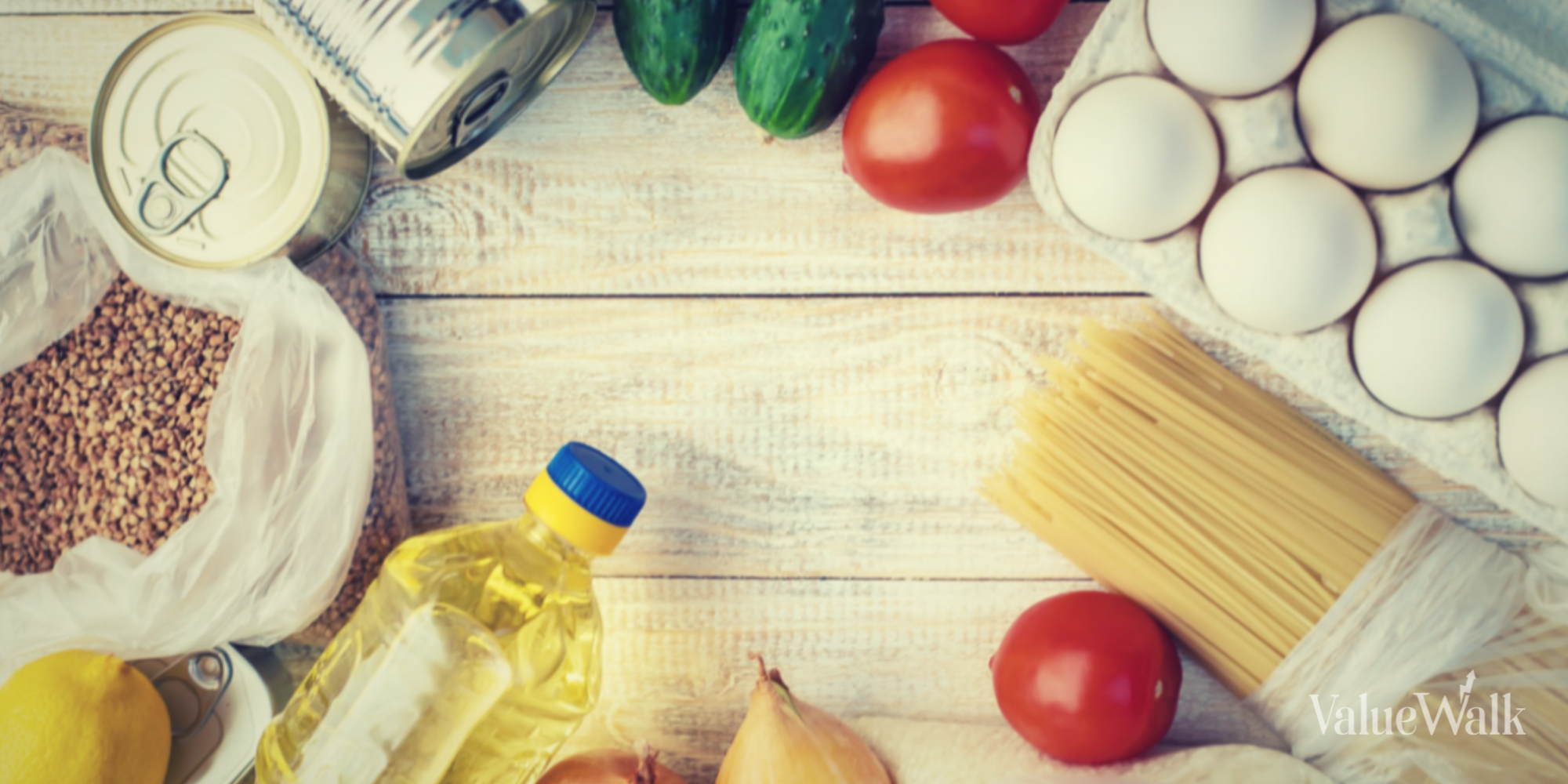New Study Reveals 31% of Americans Care More About Saving Money on Gas Since the Start of the COVID-19 Pandemic, Yet ‘Convenience’ Continues to Loom as the Biggest Money-Wasting Culprit
Q4 2020 hedge fund letters, conferences and more
GasBuddy’s annual Pump Habits Study exposes why a majority of drivers overpay by hundreds of dollars at the pump annually
Americans Now Care Even More About Saving Money On Gas Prices
BOSTON (February 9, 2021) – Americans have always cared about gas prices given the nature of its volatility; it suddenly goes up, it suddenly goes down, all without an obvious explanation. Today, GasBuddy released its annual Pump Habits Study that found that nearly a third of Americans care more now about saving money on gas than before the start of the pandemic.
“The more unpredictable life is, the more people think about gas prices,” says Patrick De Haan, head of petroleum analysis. “Nobody can disagree that the past 10 months has been as unpredictable as it could get.”
Despite the major disruptions to traffic, commutes, and household incomes that have occurred over the past year (all declining), GasBuddy’s 2021 Pump Habits survey found that many of the same money-wasting behaviors when it comes to buying gas are still prevalent, leading consumers to spending $300+ more per year.
Here are the four ways people are still overpaying:
-
Not Paying Attention
Eighty-three percent of drivers admitted to purchasing gas, only to drive by a cheaper gas station moments later. Case in point: a recent tweet about not checking the gas price when filling up went viral, causing thousands of drivers to respond to the woman’s tweet with ways on how they’re saving every penny they can at the gas pump.
“Traffic is no longer an excuse when it comes to ‘having’ to fill up at the first station you see off the highway,” says Patrick De Haan, head of petroleum analysis at GasBuddy. “Shopping around for gas is one of the most valuable ways to save money. Gas prices commonly vary by over 10 cents but in larger cities can vary over $1 per gallon.”
Drivers can save upwards of $200 a year by checking gas prices in their area before their fill-ups.
-
Going to the Same Place Because of Perceived Ease
Four out of five drivers have a station they regularly go to. While 58% of drivers say they go there regularly because they think it has the cheapest gas around, nearly 30% of them say that the reason they go to the same station is because it’s the closest one to their work or home, regardless of price.
“Going to a station because of location or convenience is a big money-waster, as drivers are missing out on the potential discounts from stations just around the corner,” says De Haan. “Conversely, if you’re going to the closest gas station because you’re running out of gas, you’re missing out on those same savings. Our study found that more than a third of drivers have actually run out of gas.”
-
Overlooking Loyalty Programs
Another way to help bring down the price at the pump is to sign up for gas station loyalty programs. Forty-four percent of drivers do not belong to any gas station loyalty program, a similar percentage compared to 2019 (43%) and 2018 (45%).
“There are many gas station and grocery store loyalty programs out there that give you rewards on every purchase to use at the gas pump,” says De Haan. “If you frequent particular brands, signing up for one could save you nearly $50 a year. Many of these programs even stack with your payment method.”
-
Not Swiping Smart
How drivers pay for gas can largely affect how much they save. Credit cards continue to be the most popular payment method (46%) in line with previous years. Yet consumers continue to carry credit card debt especially given the current state of the economy.(1)1 In fact, recent studies have found that 55% of Americans do not regularly pay off their credit cards.(2)
Failure to make payments on a cashback credit card negates any savings they may have received due to the interest accumulated with missed payments.
Using debit cards is the second most popular way to pay at the pump (24%), however it often get charged the credit price and have no cashback rewards associated with them. Six percent of respondents use cash at the pump.
“The price is only half the story, the way we pay is other,” says De Haan. “More and more companies are offering alternatives to a debit card that offer rewards like Pay with GasBuddy. It saw a 110% increase in usage from survey respondents from 2018 to 2021, even when gas prices were historically lower.”
Drivers can save $50-$100 per year on average by changing their payment method to a savings card option at the gas pump and making sure they pay off their credit cards in full every month.
Methodology
Results based on 2,362 responses from a GasBuddy survey issued on January 14, 2021. Amount of savings calculated by using Pay with GasBuddy data, including a 12-gallon average fill-up and an average gas price of $2.49/gal.
About GasBuddy
For budget-minded drivers, GasBuddy is the travel and navigation app that is used by more North American drivers to save money on gas than any other. Unlike fuel retailer apps, as well as newer apps focused on fuel savings, GasBuddy covers 150,000+ gas stations in North America, giving drivers 27 ways to save on fuel. That’s why GasBuddy has been downloaded nearly 90mm times – more than any other travel and navigation app focused on gas savings. GasBuddy’s publishing and software businesses enable the world’s leading fuel, convenience, QSR and CPG companies to shorten the distance between the North American fueling public and their brands. For more information, visit www.gasbuddy.com.
1 https://www.newyorkfed.org/microeconomics/hhdc/background.html
2 https://www.cnbc.com/2019/05/17/55-percent-of-americans-have-credit-card-debt.html






